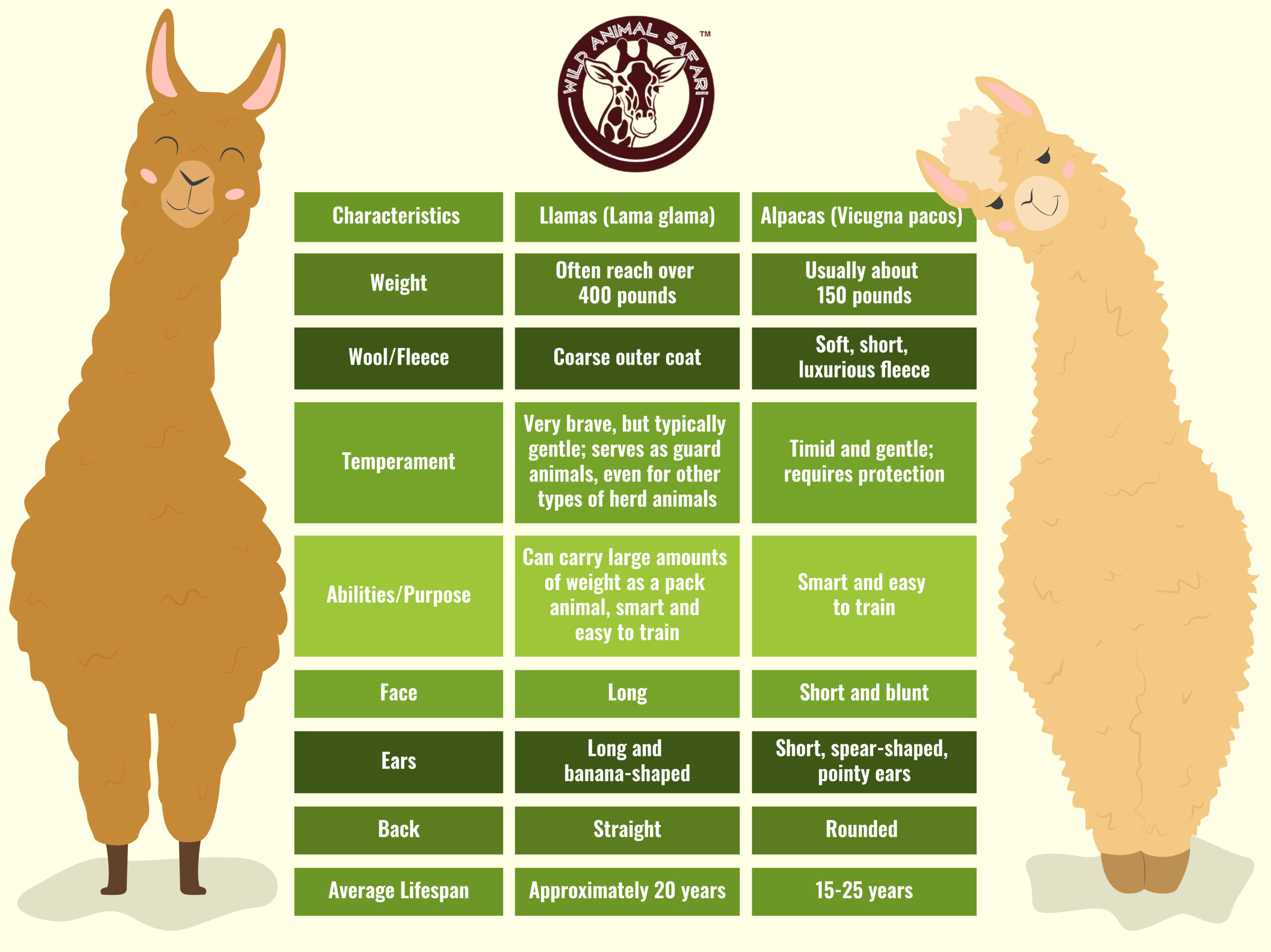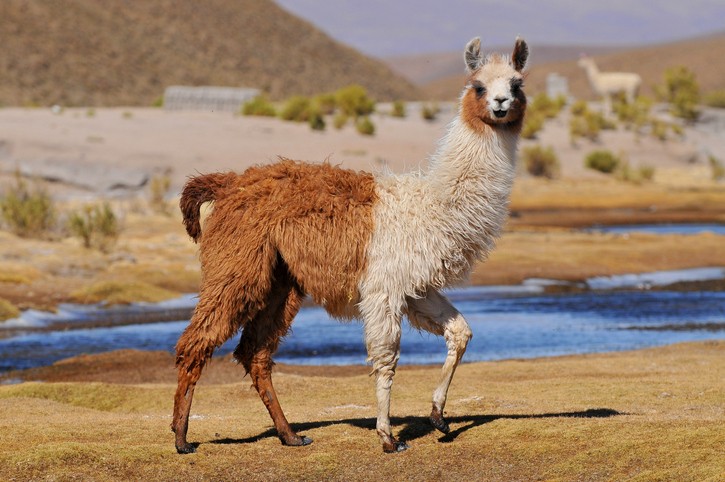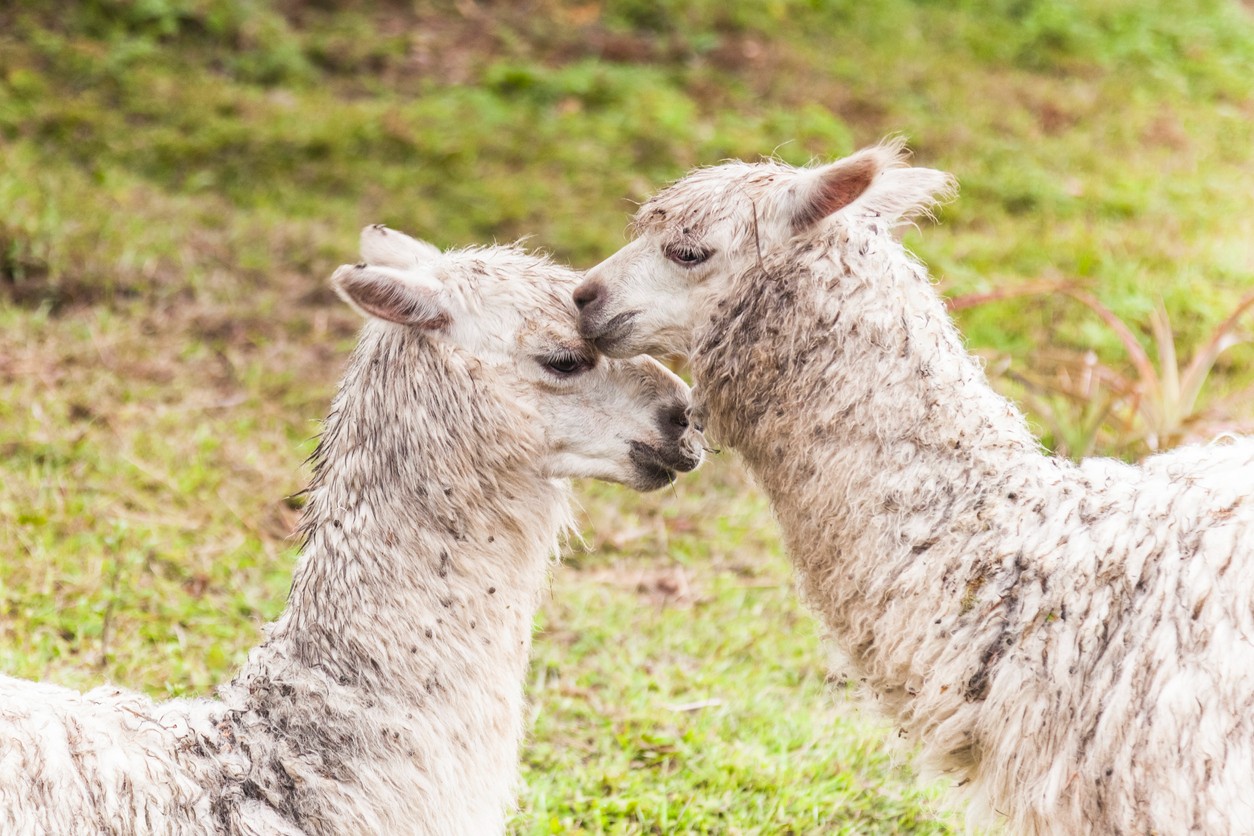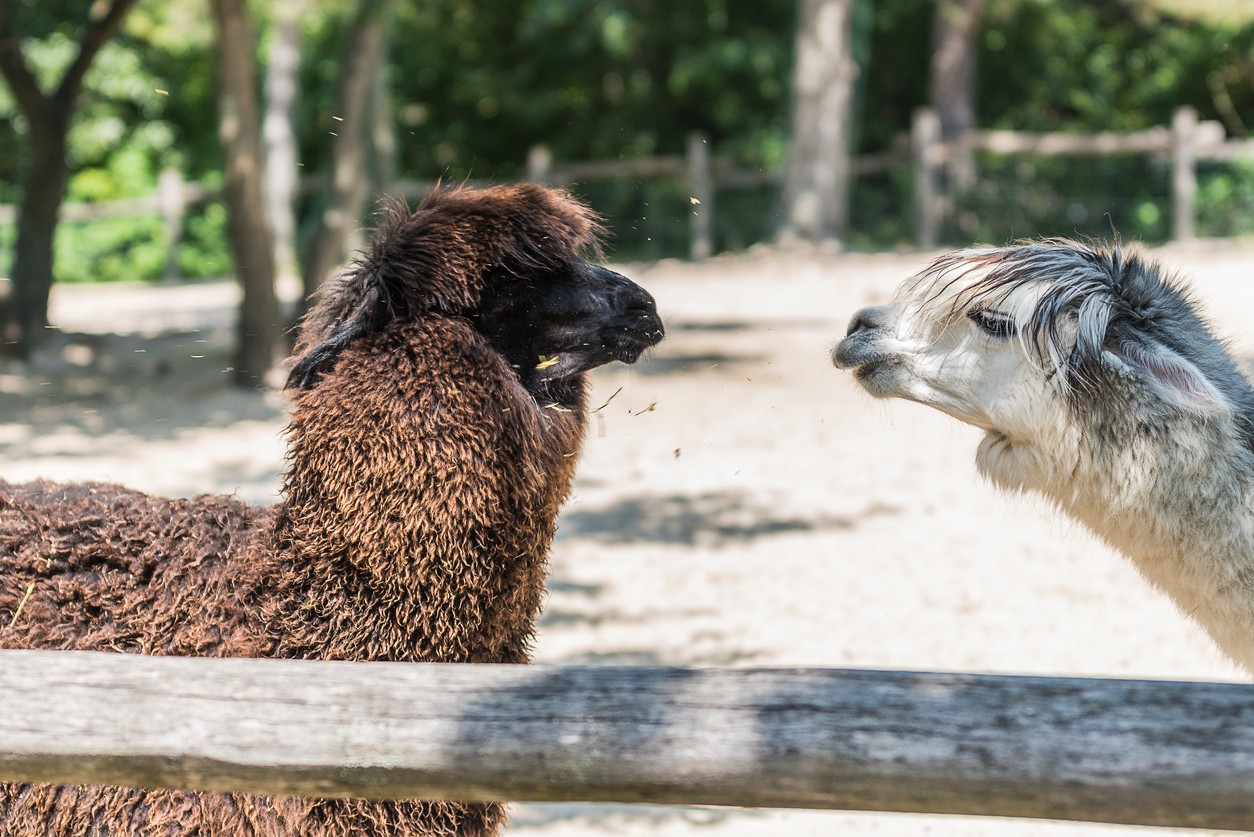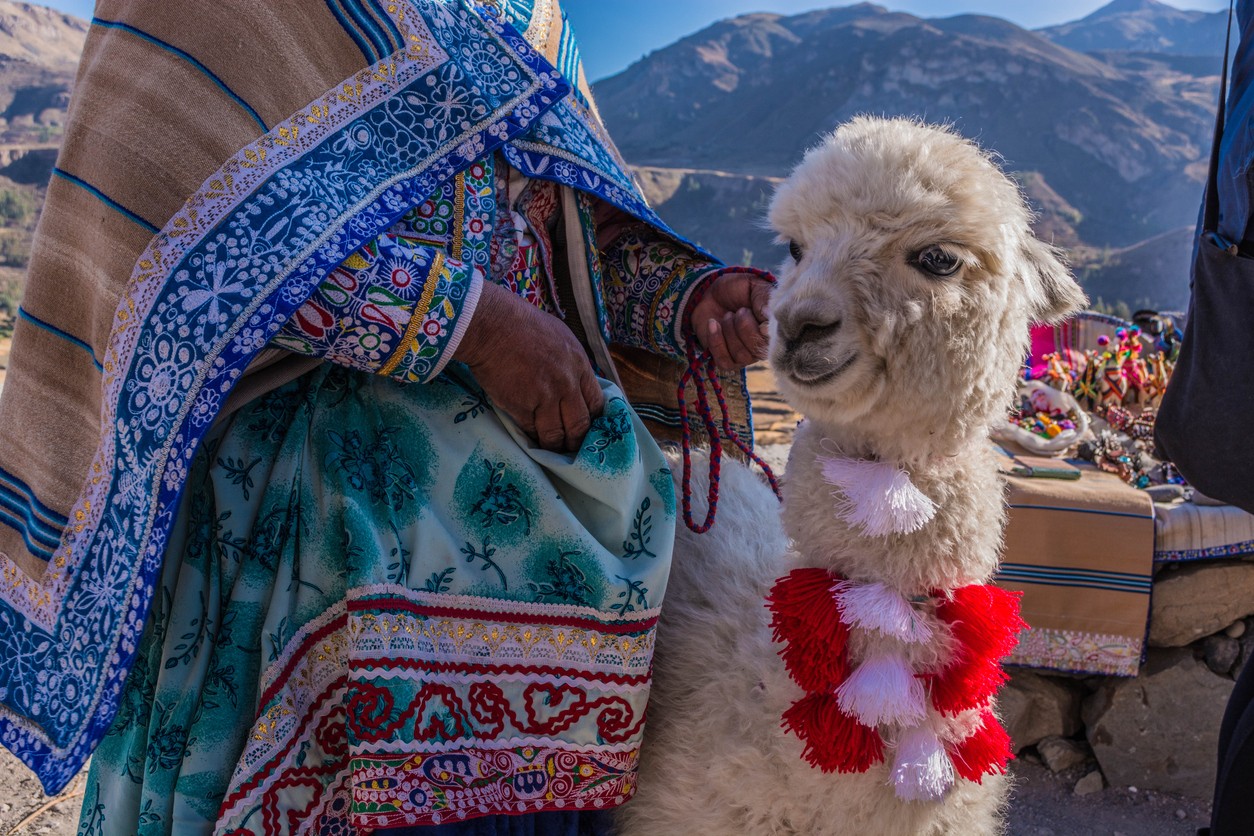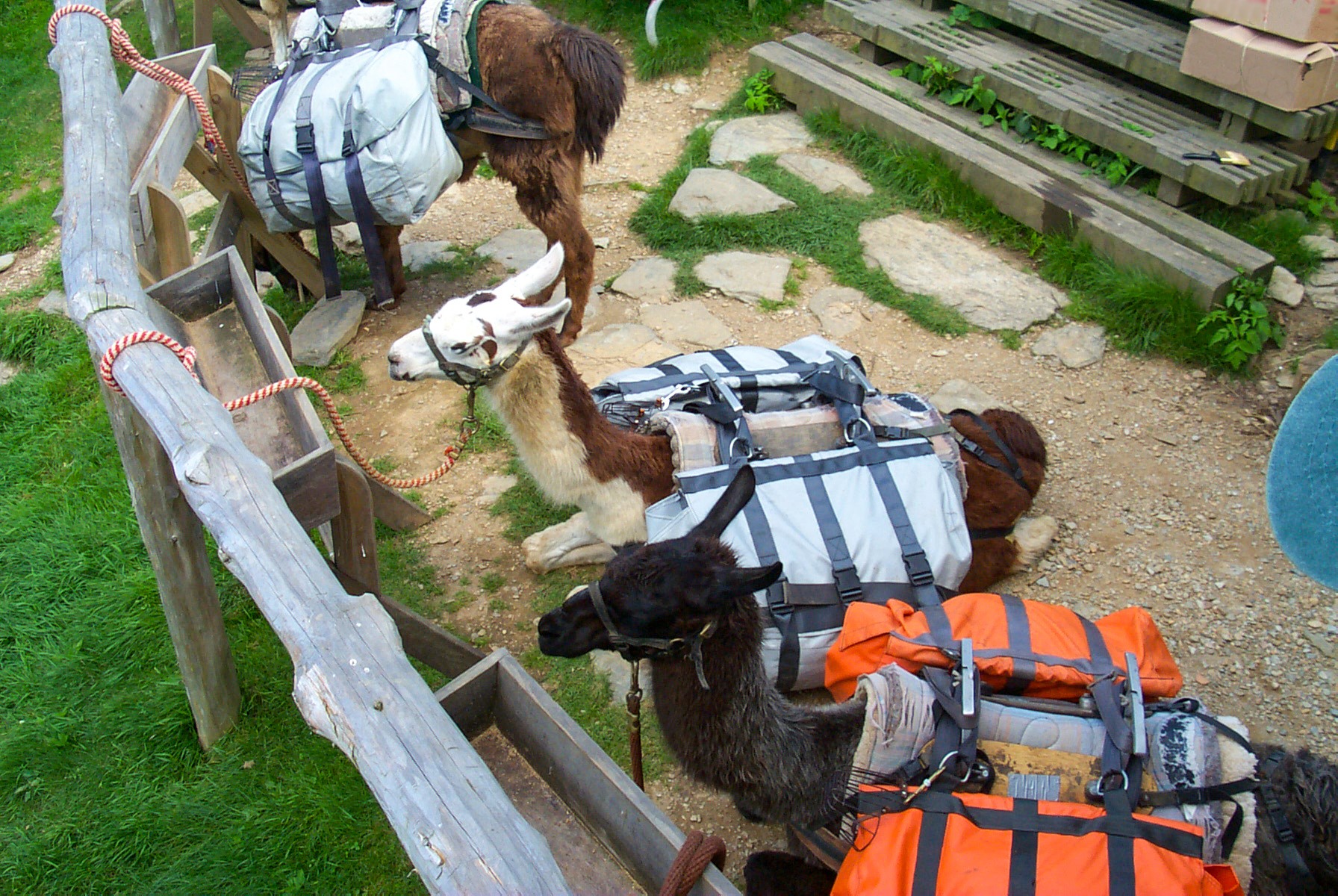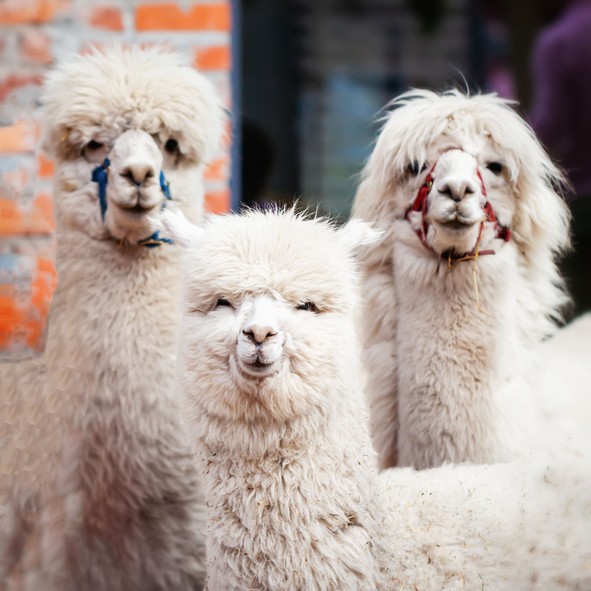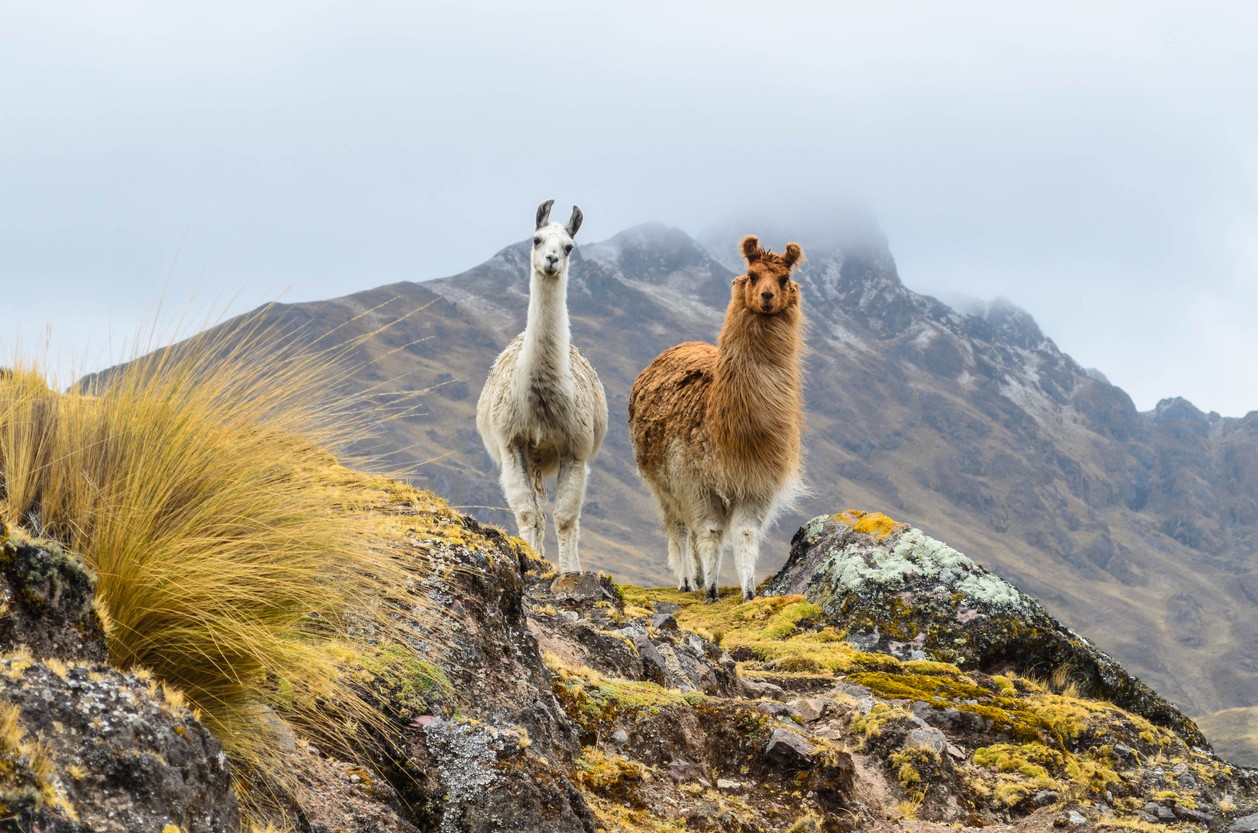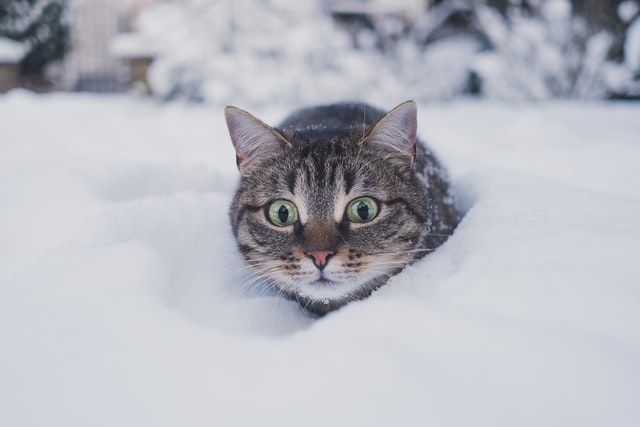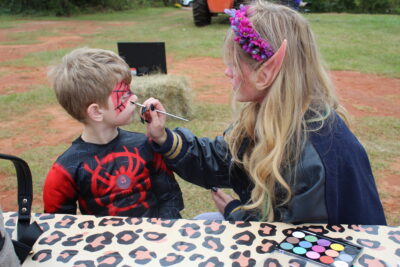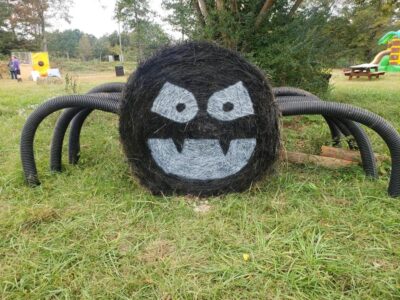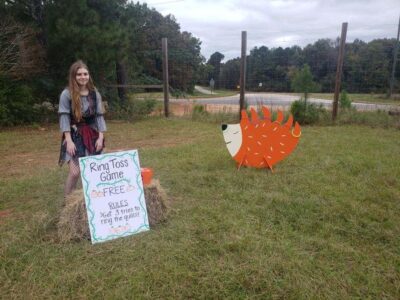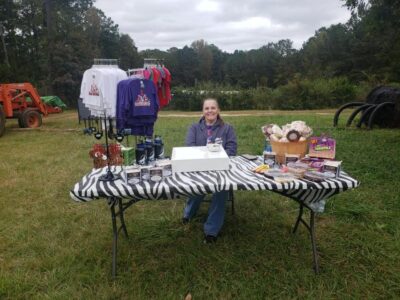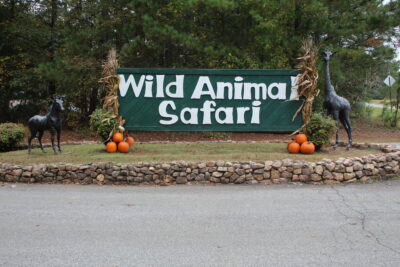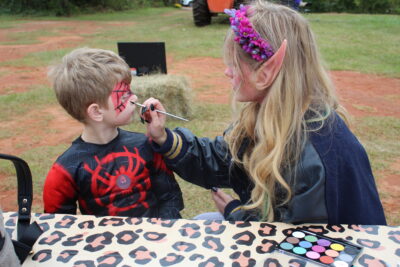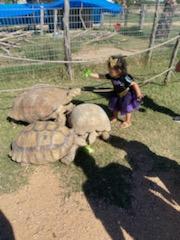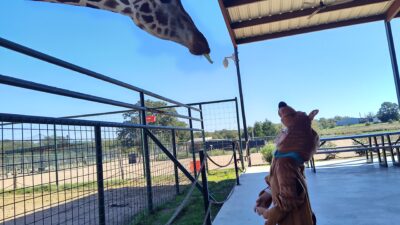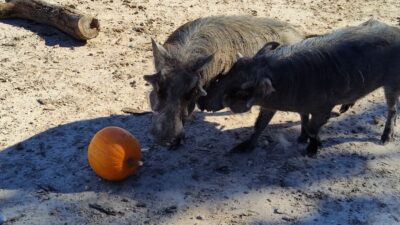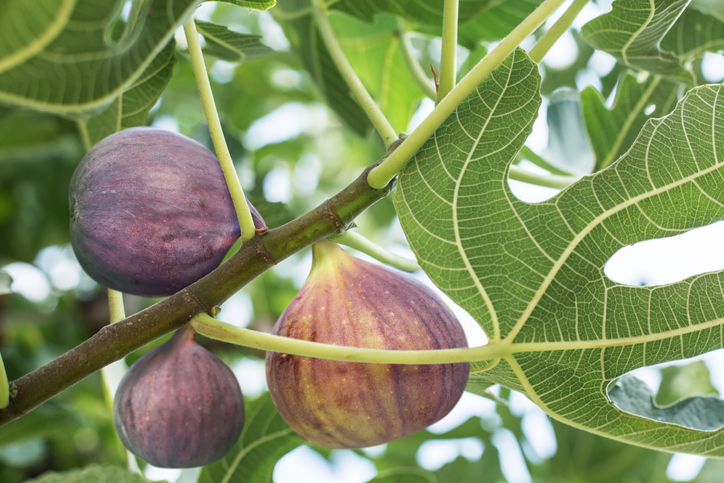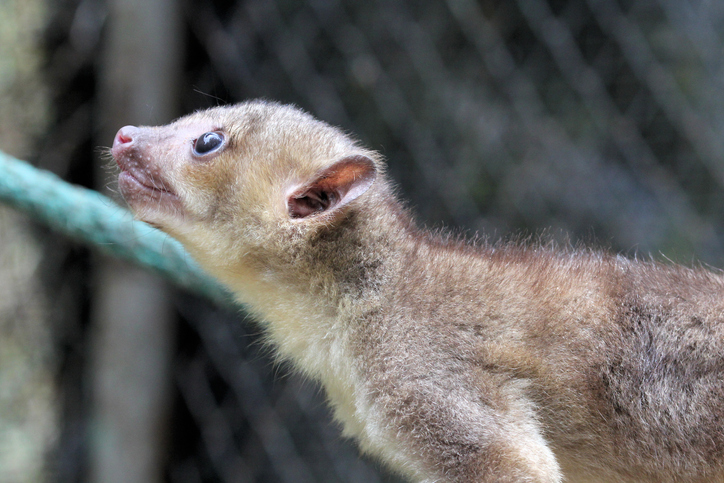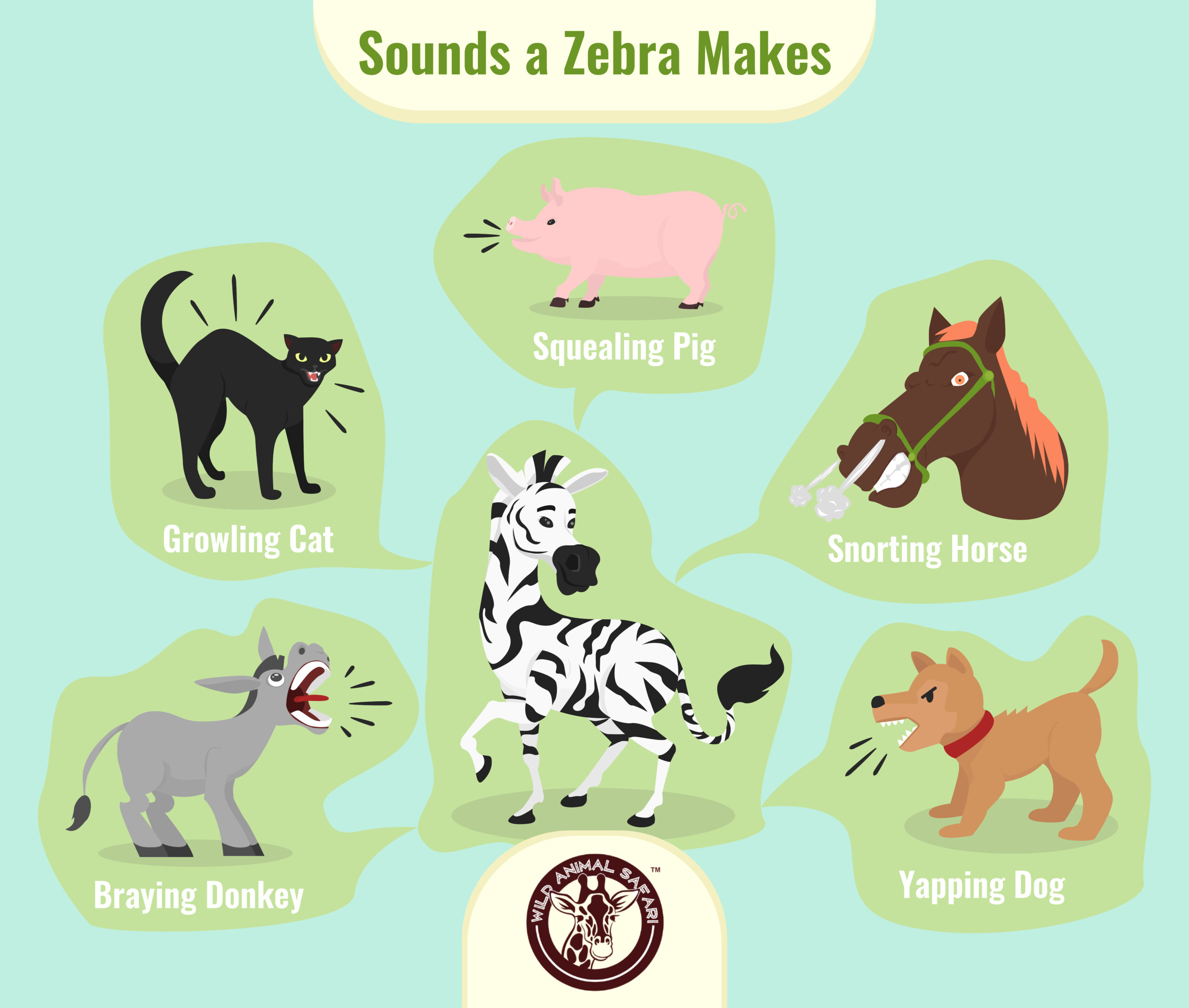
If you had to explain what a zebra sounds like, what would you say? Would you say a horse? After all, it looks like a horse with stripes. Or maybe a donkey?
If you said either of these, you’d be partly right but not entirely because a zebra can sound like quite a few different animals. When asked to describe the sounds a zebra makes, people who work with animals for a living describe a lot of different sounds, such as that of a:
- Braying donkey
- Yapping dog
- Snorting horse
- Squealing pig
- Growling cat
That’s a lot of very different animal sounds, isn’t it?
Zebras do, in fact, make a few unique sounds that often sound like other animals. Zebras use these sounds, as well as body postures and facial expressions, to communicate with each other.
When wildlife park workers were recently asked to describe the sounds a zebra makes, they had a lot of interesting responses.
- A hyena’s laugh that keeps getting cut off
- woo Hoo! woo Hoo! woo Hoo!
- A dog’s screechy bark
- The wail of a hiccupping donkey
Different Zebra Sounds
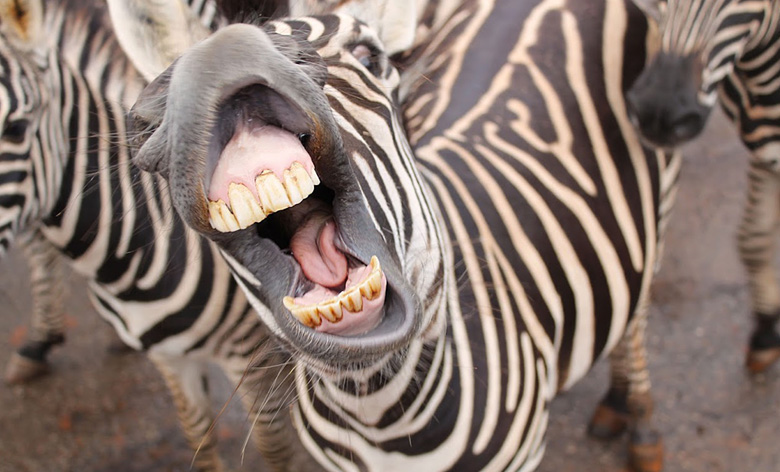
After studying the three zebra species in Ngorongoro Crater, German zoologist and zebra behaviorist, Hans Klingel attributes six distinct sounds to the zebra.
1. Nicker or Whinny
The nicker or whinny is a breathy, drawn-out grunt indicating satisfaction.
2. Neigh
The neigh is an alarm call to warn the herd of predators.
3. Snort
The snort is produced when a zebra finds itself walking into possibly dangerous underbrush or tall grasses where predators may be hiding.
4. Bray or Bark
The bray or bark sounds like the drawing in and then releasing of air. The zebra makes this sound when encountering other zebras in the herd.
5. Squeal
The squeal is a short, high-pitched sound that an injured zebra makes. It’s often heard when male zebras are aggressive towards each other as they fight to be the dominant stallion in the herd.
6. Wail
The wail is a long and lingering cry made by young zebras in distress.
Zebra Sounds in a Herd
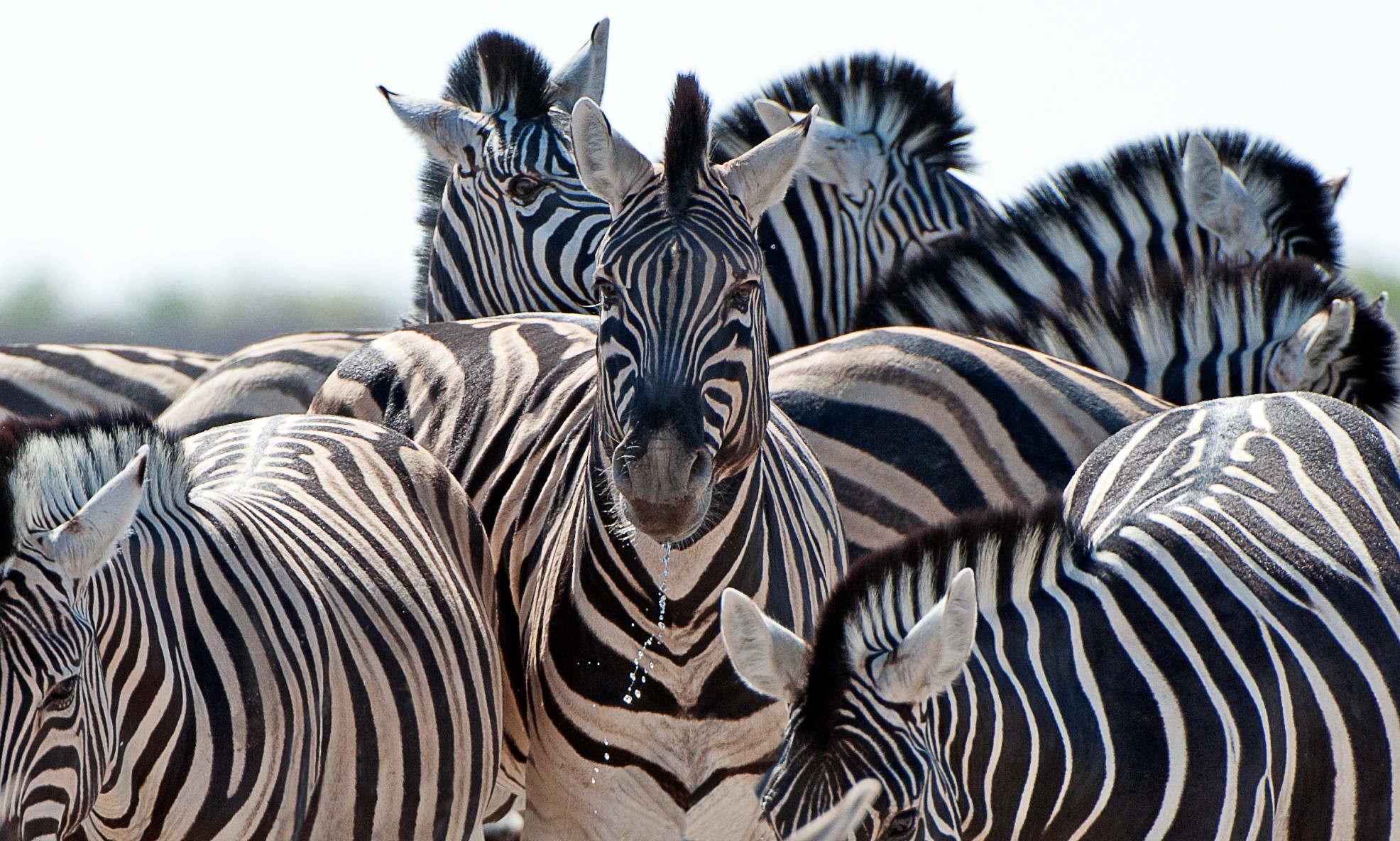
Whenever you see a herd of zebras you’re sure to hear them as well because they’re very talkative.
Although they have a lot to say, zebras use a simple repertoire of sounds. In fact, researchers and modern wildlife experts have recently broken their calls into four main sounds:
- Bark
- Bray
- Snort
- Nicker
Let’s listen to each of these distinct sounds.
Bark
The zebra bark sounds a lot like the high-pitched yappy bark of a little dog – a mixture of a bark and a whimper.
Bray
A zebra’s bray is very similar to a donkey’s bray. It starts as a low growling sound and builds into something that sounds like a high squeal.
Snort
A zebra’s snort is very similar to a pig’s snort with a grunting sound with a short, sudden burst of air through its nostrils.
Nicker
The zebra’s nicker is like the snort, but much softer. It’s best described as a very soft horse neigh or snort.
What Does a Baby Zebra Sound Like?
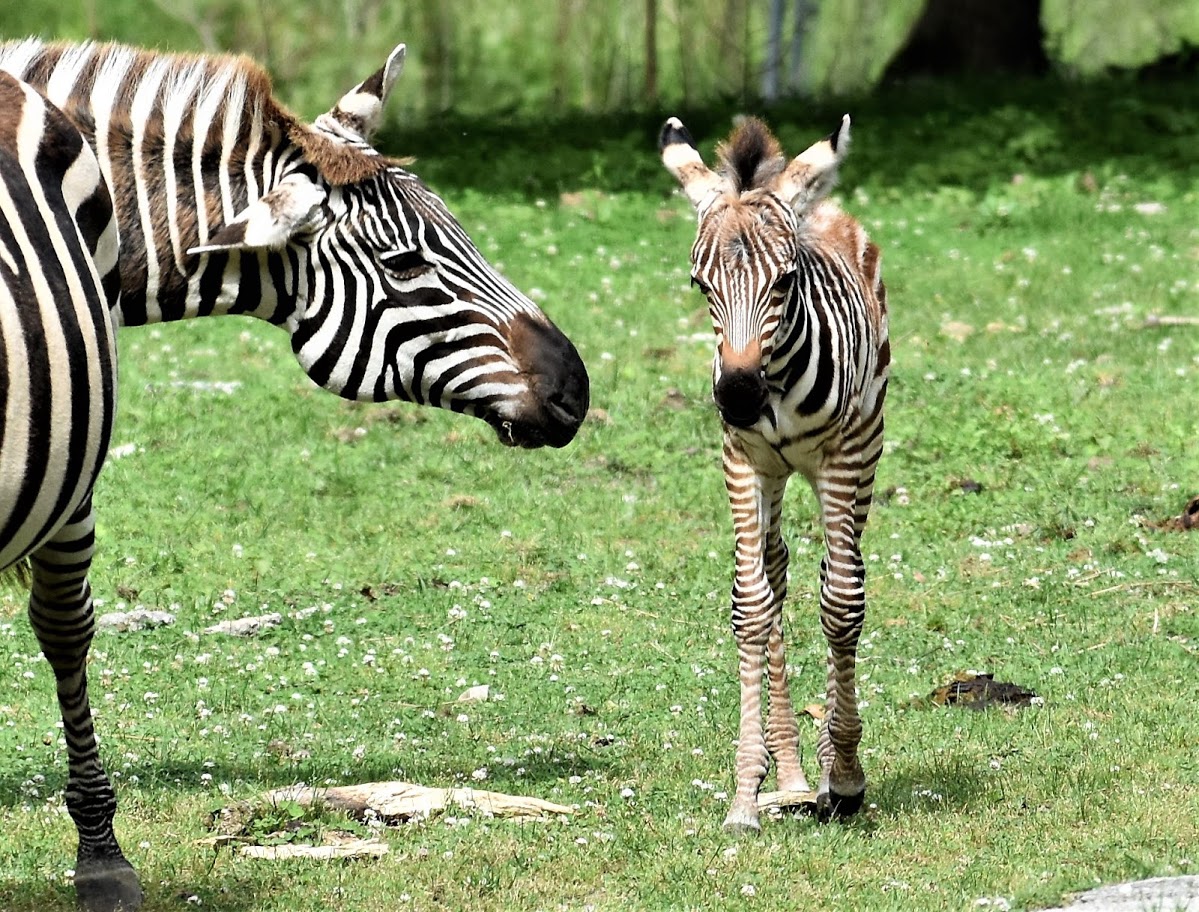
Baby zebras sound a lot like their parents except their calls are more high-pitched. Just like a human baby, a zebra foal appears to have a limited vocabulary and makes a small set of zebra noises and sounds. They communicate mostly with very high-pitched barks – which are usually aimed at their mothers.
Each zebra has its own distinct “zebra sound.” This is one of the reasons why a mother zebra keeps her newborn foal away from other zebras until it’s a few days old. She wants the foal to be able to recognize her scent, her call (bray) and her appearance, that is, her stripes.
What Do Zebra Sounds Mean?
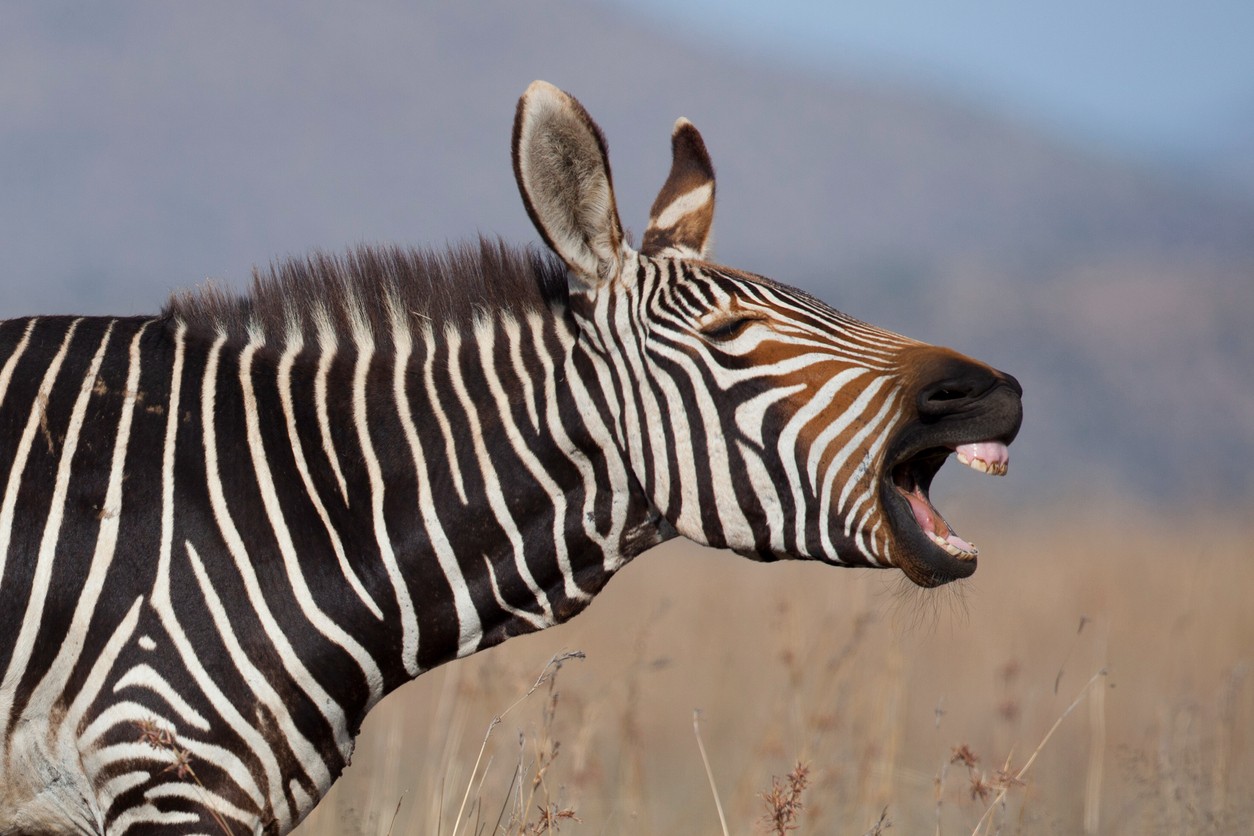
Now that we know what they sound like, let’s find out what zebras are actually saying to each other with all this zebra noise.
Bark
The zebra bark is a friendly greeting between zebras. It can also be a way one zebra gets the attention of another zebra. It could be referred to as “What’s up?” in zebra talk!
Bray
According to The Behavior Guide to African Mammals, “Braying advertises territorial status,” and is often used to express anger or frustration. Additionally, a male zebra uses a loud bray to demonstrate dominance and as part of his courtship behavior towards a female.
Each zebra’s bray has a different pitch, some higher and some lower, so that other members of the herd can recognize each member’s specific call.
Snort
The zebra’s snort has several meanings. It can be a way of saying “hello” to another zebra or as a warning of danger or aggression. The best way to tell the zebra’s meaning when it snorts is to look at its body language.
Nicker
It’s the most special of all the zebra vocalizations because it’s the sound of affection reserved for other members of the herd. Mother zebras can often be heard nickering to their foals.
5 Other Zebra Fun Facts
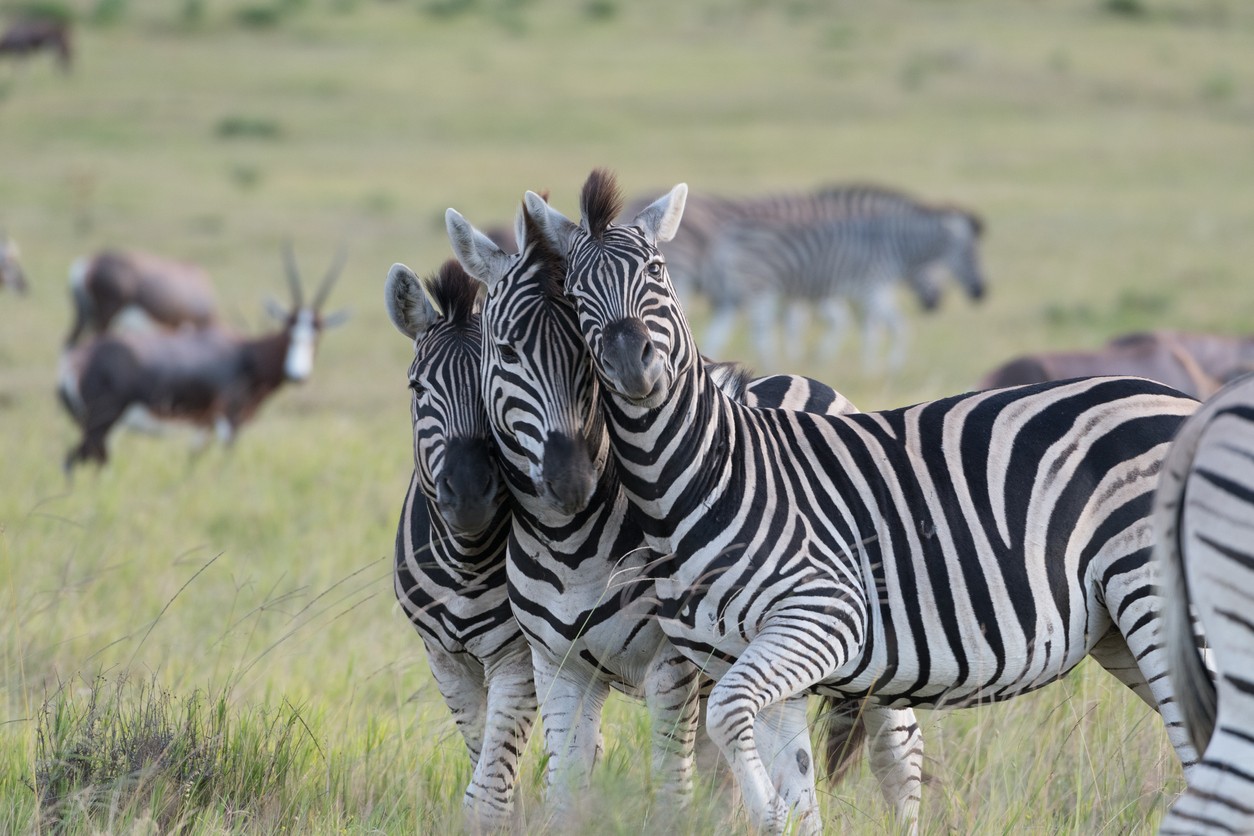
There are three main species of zebra. Two live on the African plains, one lives in the mountains. Let’s look at several fun facts about these beautiful creatures.
1. What Makes Up a Zebra Family? And a Herd?
Zebra herds, also known as a dazzle of zebras or a zeal of zebras, are usually made up of many smaller family groups who tend to stick together within the herd. A typical family group is made up of five to 20 zebras consisting of a male zebra, several female zebras and their young.
A female zebra is known as a mare and the male, a stallion. Baby zebras are typically called foals, although they are sometimes referred to as cubs. A young female zebra is called a filly and a young male, a colt.
Herds can contain thousands of zebras, especially during their migration to better feeding grounds. They are constantly on the move, foraging for food. Other grazers and browsers often intermingle with the zebra herds, forming mixed herds that travel together.
When families of zebra travel together, they form hierarchies, with one dominant stallion in the lead.
2. What is a Zebroid?
Zebras, horses and donkeys all belong to the Equidae family. Although zebras have never been domesticated, they can be cross-bred with the domesticated members of the horse family creating “zebroids.” Zebroids can be quite beautiful but are almost always sterile.
You probably wonder what the cross between a horse or donkey and a zebra is called. We’ve done a little research and found some interesting names such as zorse, zonkey, zebrass, zedonk, zebradonk, zedonk, zebrinny, and others. Making combinations of your own just might make you a little “zebonkey”. Yep, that’s one too!
3. Are Zebras Colorblind?
Zebras have very good eyesight. It’s thought they can see in color, although some scientists believe they cannot see orange. Because the zebra’s eyes are on the side of their head, they have a wider field of vision than humans.
4. Are All Zebra Stripe Patterns the Same? Are Their Stripes White or Black?
No, each zebra has a unique set of stripes. Just like human fingerprints and snowflakes, no two are alike!
Each species of zebra also exhibits its own general stripe pattern. The plains zebra, for example, has broad stripes. Grevy’s Zebra, also known as the Imperial Zebra, is the largest of the zebra species and has bold, narrow stripes that are vertical on its torso and neck, and horizontal on its legs. The mountain zebra also has vertical stripes on its torso and neck, and horizontal stripes on its legs.
Zebra stripes are used as camouflage as they roam the African plains. From a distance, their stripes cause a herd of zebras to look like grass swaying in the breeze to some predators who often see few colors.
If you are a fan of zebras you will find interesting to play Zany Zebra slot. You can play it online in a casino. Choose the top online casino here.
Does a zebra have black stripes or white? Zebras are black with white stripes. Their main skin color is black.
5. How do Zebras Protect Themselves?
To defend themselves, zebras form a semicircle facing their attacker. They nip, bite and kick at any predators that come too close. If a family member is injured, they’ll surround the injured zebra, protecting it from further attack. A zebra’s kick is a very useful weapon. Their powerful kick contains almost nearly 3,000 pounds of force – enough to kill a fully grown lion with just one blow to the body.
Come See and Hear the Uniqueness of Zebra Stripes and Sounds for Yourself
Two of the three zebra species are in trouble. Because there are only about 2,000 Grevy’s zebra left, the International Union for Conservation of Nature labels them as threatened. The mountain zebras are listed as vulnerable with only around 9,000 remaining. Fortunately, various organizations such as Wild Animal Safari are working to preserve this beautiful creature.
If you didn’t know that zebra stripes were as different as fingerprints, you need to come see them for yourself at one of our parks in Pine Mountain, Georgia; Stafford, Missouri; and Bryan-College Station, Texas.
And when asked what a zebra sounds like…you can decide for yourself whether it sounds like a horse, donkey, pig or yappy dog. Maybe when asked, you’ll remember to tell them, a zebra sounds like…well, a zebra.



